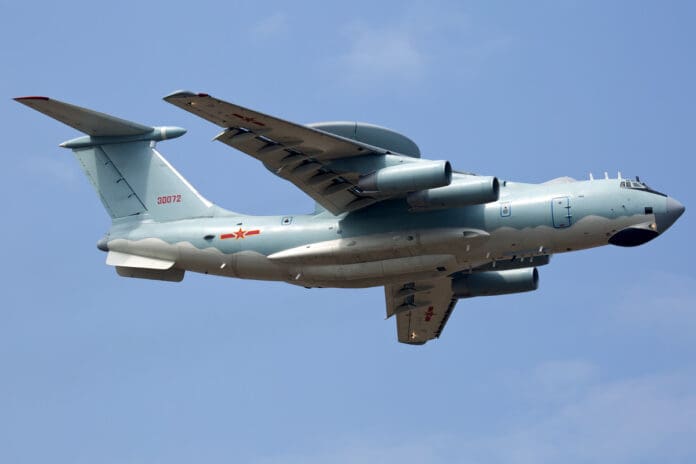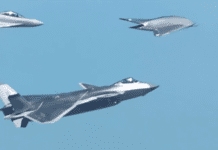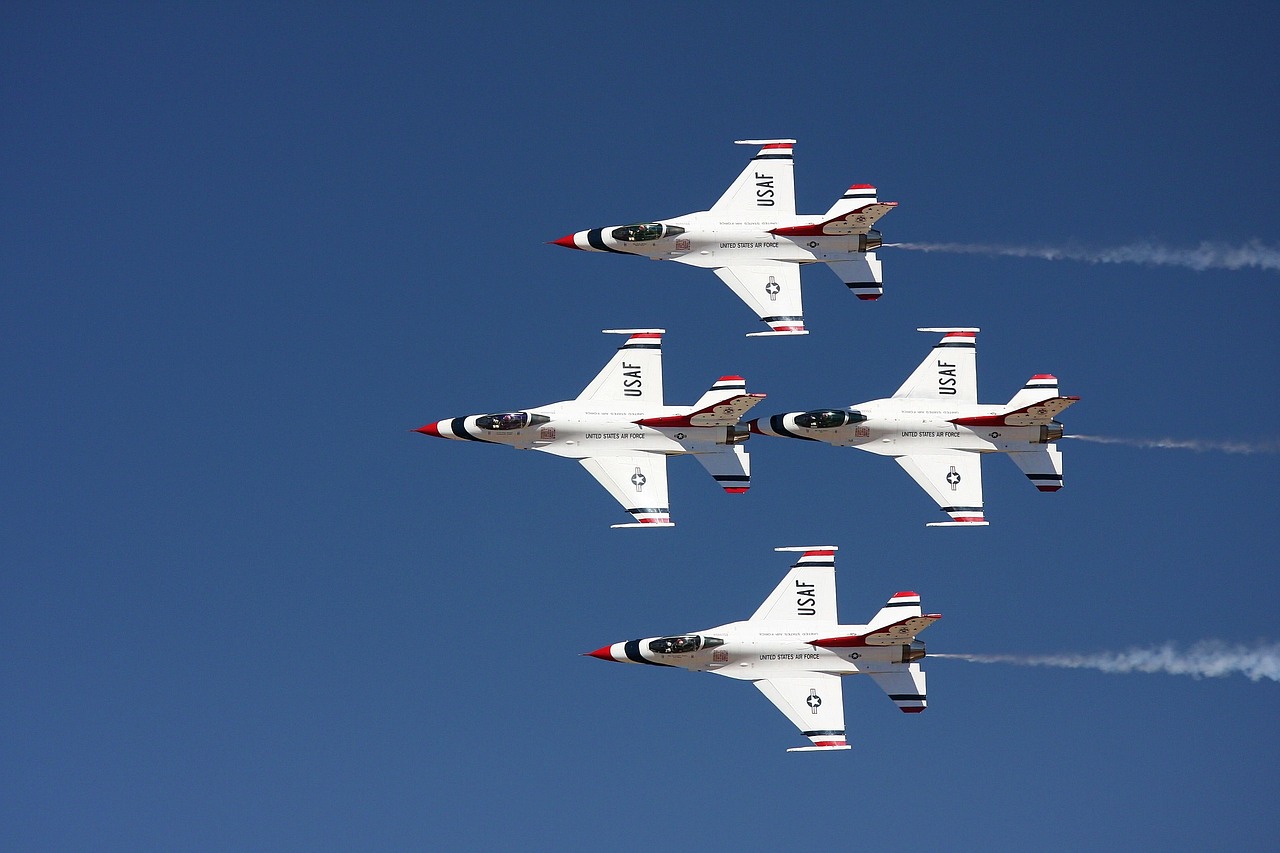This post is also available in:
 עברית (Hebrew)
עברית (Hebrew)
China is testing a next-generation early warning and control aircraft, the KJ-3000, based on the Y-20 platform, enhancing the People’s Liberation Army Air Force’s (PLAAF) surveillance capabilities. This aircraft is expected to surpass the capabilities of older platforms like the KJ-500 and KJ-2000.
The KJ-3000 is powered by four Shenyang WS-20 high-bypass turbofan engines, replacing the older Russian-made D-30KP-2 engines seen in earlier models. These new engines not only improve efficiency but also enhance the aircraft’s reliability and performance. FlightGlobal reports that one of the standout features of the KJ-3000 is its apparent two active electronically scanned array (AESA) radars. These radars are likely capable of rotating, ensuring comprehensive surveillance and detection capabilities. Additionally, side-mounted AESA radars are speculated to be included, similar to those on the KJ-700, further enhancing target tracking.
This aircraft’s advanced radar systems are a leap forward for China’s early warning aircraft, providing enhanced detection of stealth aircraft, missiles, and other advanced threats such as UAVs. The KJ-3000’s higher operational altitude compared other platforms offers added radar range and increased safety from enemy fighters.
According to Interesting Engineering, a notable upgrade on the KJ-3000 is its expected air-to-air refueling probe, which extends its operational range significantly, addressing the KJ-2000’s limitations. This added capability allows the KJ-3000 to cover larger areas and remain airborne for extended periods, making it a key asset for long-duration surveillance missions. The WS-20 engines also boast superior electrical generation capabilities, ensuring the aircraft can power its sophisticated radar and sensor systems for optimal performance.
The KJ-3000 is expected to become the PLAAF’s second jet-powered airborne early warning and control platform, after the KJ-2000. With its superior radar technology, air-to-air refueling capability, and enhanced range, the KJ-3000 will eventually replace the limited KJ-2000 fleet. As China continues to refine its military aviation technologies, including AESA radar and Y-20 platforms, the KJ-3000 is set to play a crucial role in expanding the PLA Air Force’s operational reach in the coming years.


























